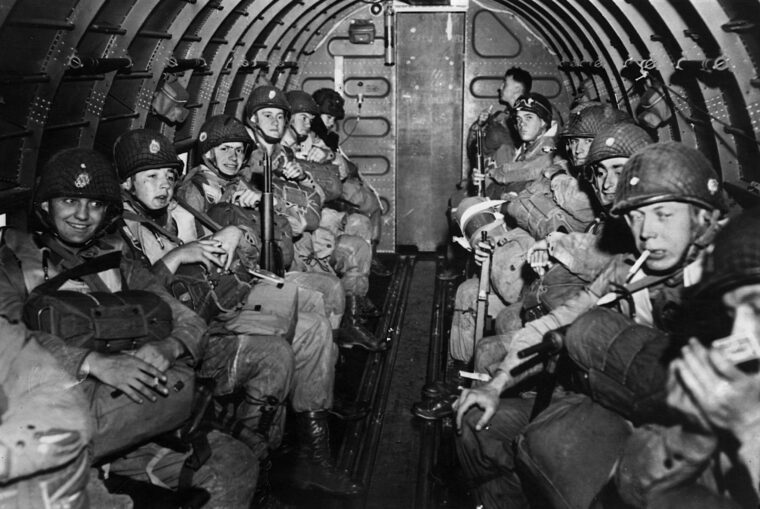
Normandy
Interview with a Screaming Eagle
By Brandt HeatheringtonReginald Alexander was born in Gardnerville, Nevada, in 1924 to Scottish émigré parents who were originally from Westcolvin, Scotland. Read more

Normandy
Reginald Alexander was born in Gardnerville, Nevada, in 1924 to Scottish émigré parents who were originally from Westcolvin, Scotland. Read more
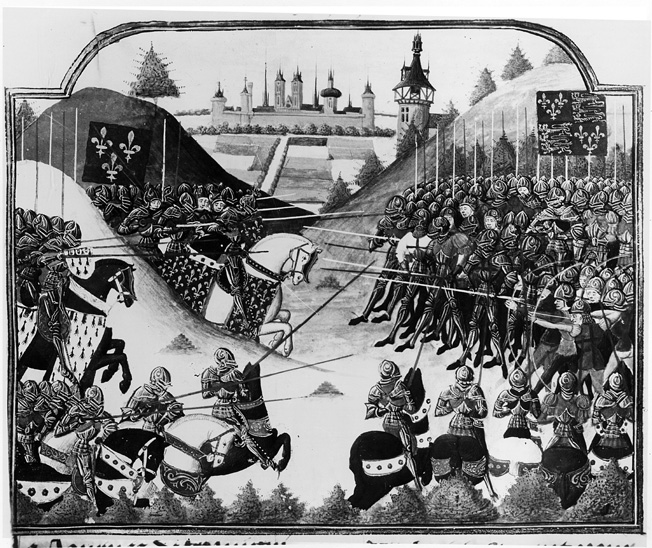
Normandy
No single Frenchman was more responsible for the rapid victories in Normandy and Gascony that drove the English once and for all from France than Jean Bureau. Read more
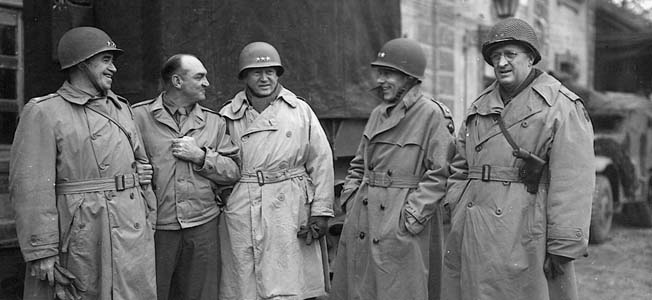
Normandy
When Adolf Hitler’s last major World War II offensive burst through the chill Ardennes Forest early on December 16, 1944, it scattered American frontline units and caused many anxious hours in the Allied high command. Read more
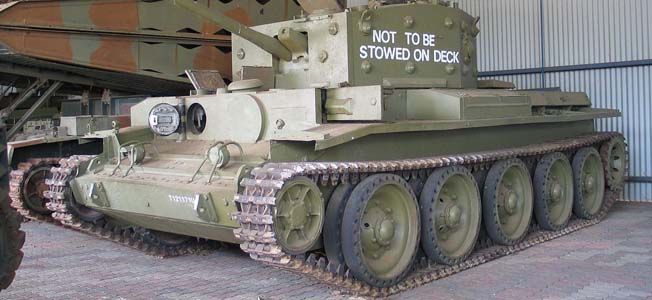
Normandy
At the outbreak of World War II, the British War Office assumed that conditions on the Western Front in France would be the same as those experienced in the Great War of 1914-1918. Read more
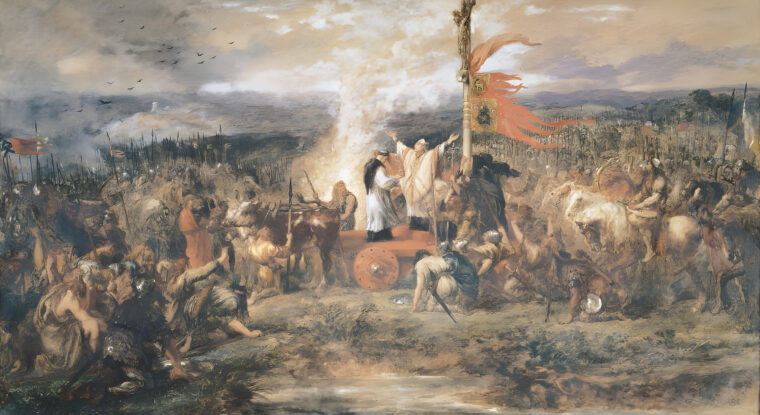
Normandy
The English commander, William de Aumale, heard the roar of the Scots army even before it appeared out of the early morning mists. Read more
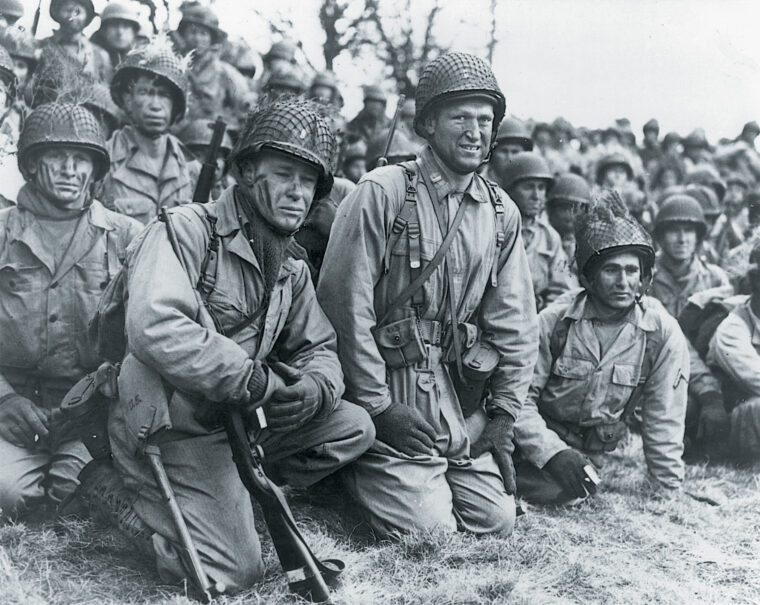
Normandy
During the early part of 1944, an event took place that would change the outcome of World War II. It seemed insignificant at the time, but would have a profound influence upon Operation Overlord, code name for the invasion of German-occupied France, as well as the resulting Battle of Normandy and the breakout that followed.; Read more
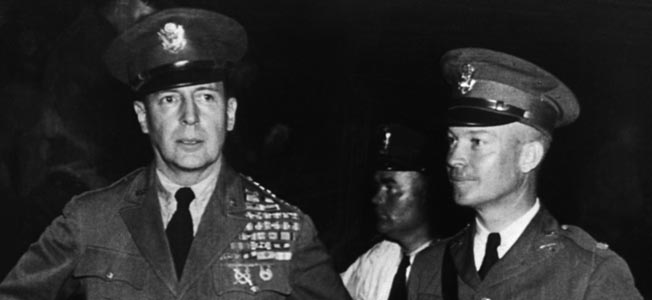
Normandy
Two of America’s most famous senior commanders to emerge from World War II were Eisenhower and MacArthur. These officers were largely responsible for command decisions that resulted in Allied victories in the South Pacific and in Europe. Read more
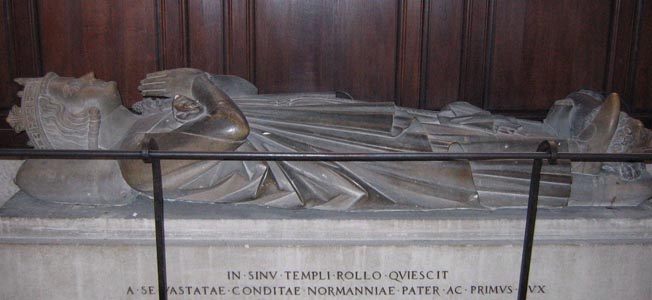
Normandy
Roving bands of Viking seafarers raided extensively in Western Europe from the Eighth to the 11th centuries, looting and sacking settlements and population centers including London, Paris, and Hamburg. Read more
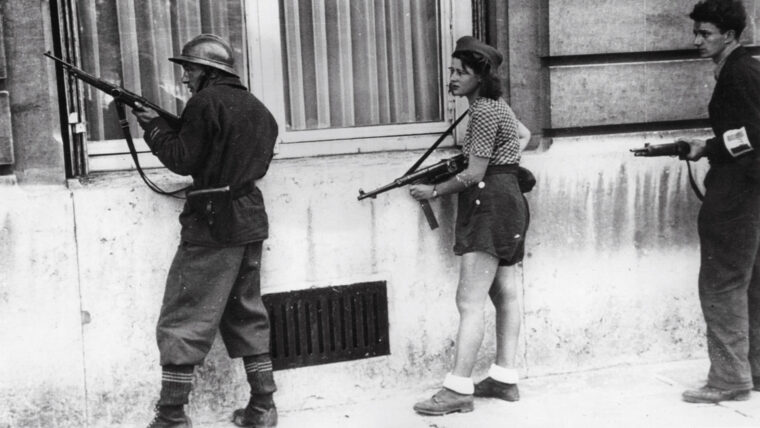
Normandy
Slender, five feet, seven inches tall, and with a warm smile that belied toughness and leadership ability, Virginia “Dindy” Hall of Baltimore had a wooden leg and a price on her head. Read more
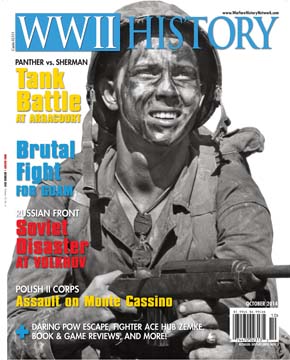
Normandy
Above all, the island was defendable.
From Ritidian Point in the north to the extreme southern coastline, Guam is 34 miles long, made in an irregular shape covering 228 square miles, the largest of all Pacific islands between Japan and New Guinea. Read more
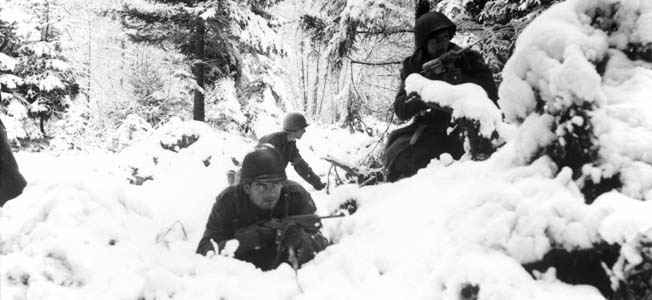
Normandy
In the Ardennes region of eastern Belgium, Adolf Hitler rolled the dice for the last time in World War II. Read more
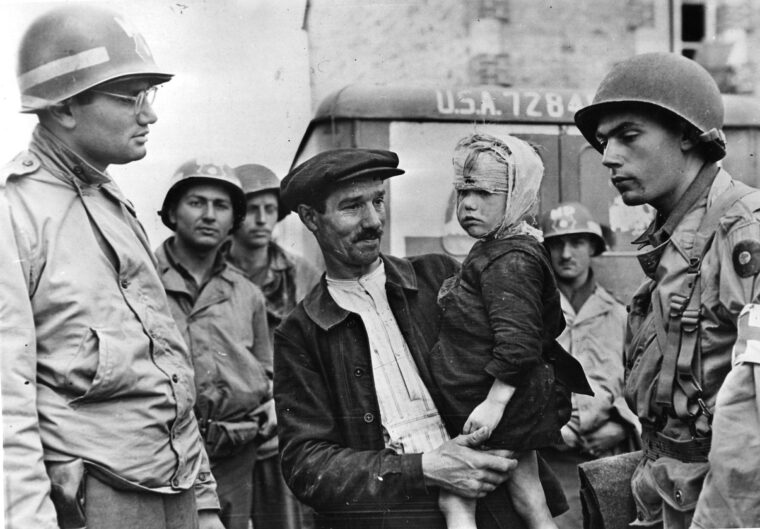
Normandy
War spared no one. As modern armies clashed in France’s Normandy countryside, French civilians found themselves in the crossfire or on the receiving end of bombs and heavy weapons. Read more
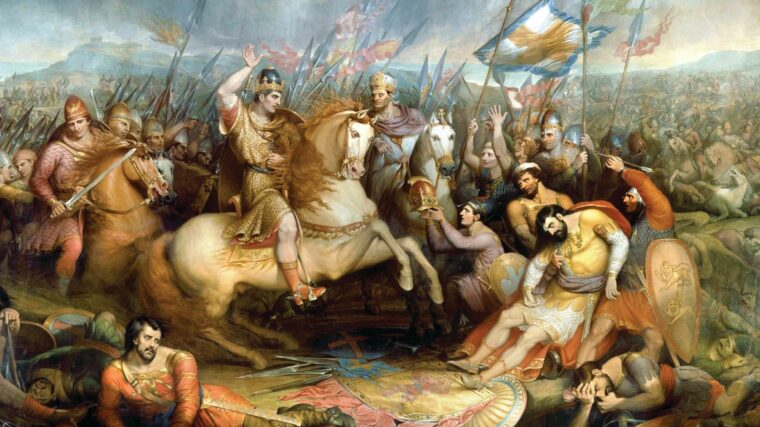
Normandy
The final defeat of the Saxon King Harold at the Battle of Hastings on October 14, 1066, meant that England became forever Norman. Read more